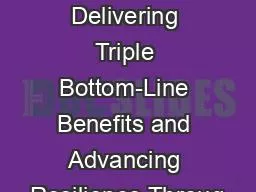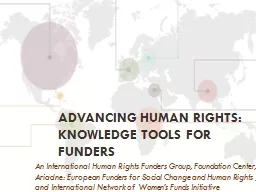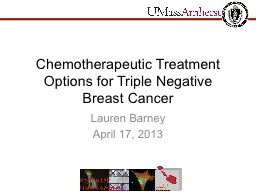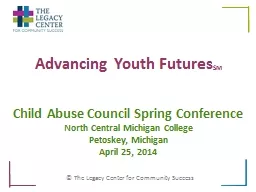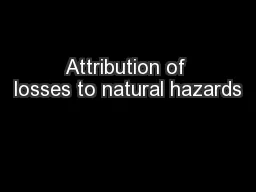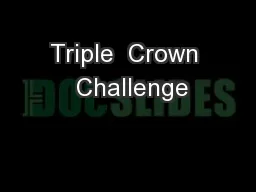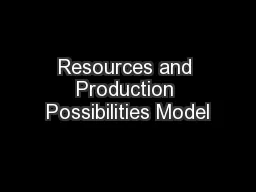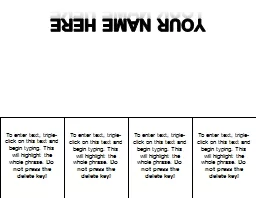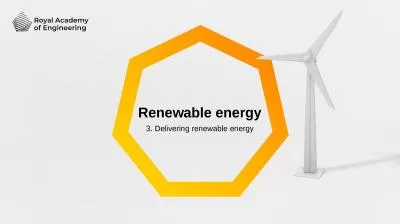PPT-From Peril to Possibilities: Delivering Triple Bottom-Line Benefits and Advancing Resilience
Author : projoutr | Published Date : 2020-08-28
NaTaki Osborne Jelks PhD MPH West Atlanta Watershed Alliance Spelman College West Atlanta Watershed Alliance Growing a Cleaner Greener Healthier amp More Sustainable
Presentation Embed Code
Download Presentation
Download Presentation The PPT/PDF document "From Peril to Possibilities: Delivering ..." is the property of its rightful owner. Permission is granted to download and print the materials on this website for personal, non-commercial use only, and to display it on your personal computer provided you do not modify the materials and that you retain all copyright notices contained in the materials. By downloading content from our website, you accept the terms of this agreement.
From Peril to Possibilities: Delivering Triple Bottom-Line Benefits and Advancing Resilience: Transcript
Download Rules Of Document
"From Peril to Possibilities: Delivering Triple Bottom-Line Benefits and Advancing Resilience"The content belongs to its owner. You may download and print it for personal use, without modification, and keep all copyright notices. By downloading, you agree to these terms.
Related Documents

